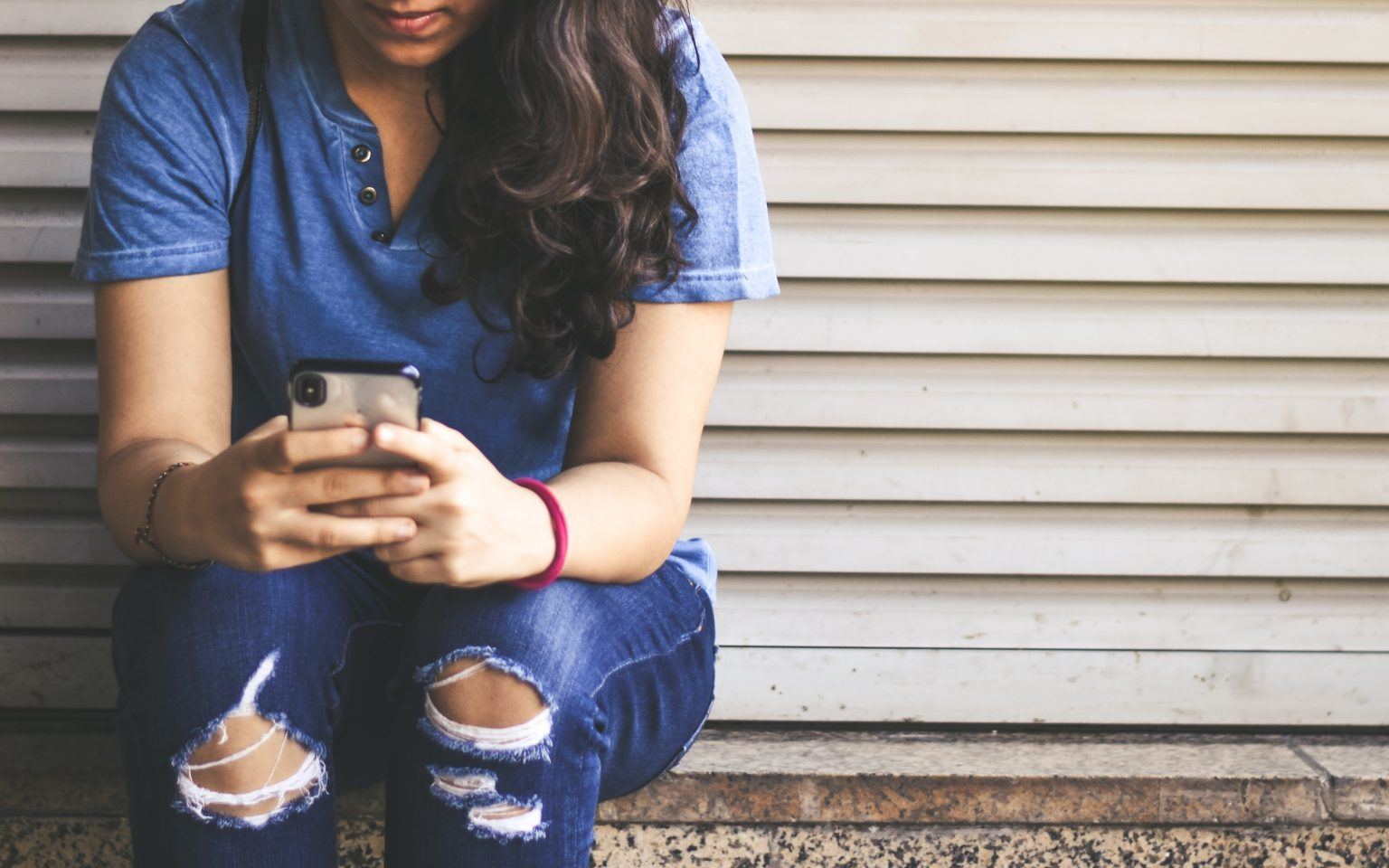How one high school teacher is staying connected with students
Remote learning has given teachers challenges in building relationships and staying connected with students. Here's how one XQ teacher is continuing to build community from a distance.

As teachers and students settle into remote learning routines, delayed emotions of grief, anxiety, and stress may stem from this growing feeling of normalcy. Yes, teachers may no longer be translating their lesson plans to a remote setting and may have mastered the logistics of video streaming with their students. But, that does not mean teachers are completely settled into this new reality. Many educators may be struggling to replicate the same care and trust they had in their classrooms online. Others may not know how to support their students during this new disembodied process of learning. A few may just miss their classrooms, especially as the quick return to schools seems more and more unlikely.
Given these struggles, it is important for teachers to reach out with each other, provide support, and work through the difficult emotions that they may be feeling. In order to create a space for that process, we at XQ thought we’d share reflections from educators across the country to learn how they are experiencing the school closures first hand. To start, we wanted to share this post from Julie Cortese, an English Language Arts Instructor at TAPA: Trinity Academy for the Performing Arts in Providence, Rhode Island. Her observations are insightful and her passion for her students is contagious.
Thank you, Julie, for all your work!
I’ve been having wildly vivid dreams recently. Maybe it’s because of my crazy sleep schedule since quarantine started. However, whereas most people dream about flying cars, or lavish vacations, I dream about being in my classroom.
No, not my virtual classroom, which is filled with jokes and open-ended questions (like how much wood would a woodchuck chuck if a woodchuck could chuck wood). But my real, tangible, lavender painted classroom that was literally built around me, very much the same as my perfect house would be built: right around a tree. My kids know my love for nature; we have a flower wall in my room and spend a good portion of our advisory period looking at the trees that tap our windows. We’ve even started growing an avocado plant in our classroom. We were all looking forward to the spring, hoping that the trees outside our windows would bloom beautifully and perhaps a little bird family would make its home right outside our home. Unfortunately, COVID-19 has put a damper on this dream.
I use the word “damper” specifically here. Because although we may not get to experience learning together in our classroom, it’s my goal to stay connected to my classroom (and the kids that fill it) as much as possible. So, yes, I did go rescue our avocado plant from loneliness and now he’s growing in my apartment (his name is Brad, by the way…Brad Pitt). I’ve also decided to create an engaging, week-long lesson that tries to incorporate routines that we had in our physical classroom. Aptly named the “Cortese Challenge,” students have to dive deep into what it means to be a hero. A lot of our students have parents or guardians who work in healthcare—myself included—so I decided to create a challenge that helps them show their appreciation for their heroes, while also getting outside, creating art, and putting themselves in their heroes’ shoes. The challenge is set up in a way that mirrors how students would engage with it in our classroom: there’s a goal in mind, background knowledge provided, and a “Tasks for the Day” section that outlines everything they need to do to accomplish the daily challenge.
For me, having a routine is a positive thing—knowing what to expect can completely change the way you look at something. Take the idea of distance learning, for example, it’s unexpected, out of the ordinary, unlike anything we’ve ever experienced. Ensuring that my digital teaching runs parallel to my physical teaching is the least I can do in order to set my students on a path of success. So, yes. I’ve been having vivid dreams recently. And they all revolve around providing something as close to normalcy as humanly possible, no matter where we all may be.
Want to check out what Ms. Cortese has been doing during quarantine? Follow her on Instagram at @cortese_in_quarantine
Are you a teacher and want to share your experience teaching remotely? Or, have resources and tips to help teachers navigate this new setting? Send an email to [email protected].









